
Main Research Field
1. Materials and Devices of Energy Storage
In today's world energy crisis, energy storage is becoming more and more important, and research on new energy storage materials and high-efficiency energy storage devices is receiving more and more attention.
▲ Energy storage material
● Charge storage materials and electrode materials: high specific area silicon nanowire array, carbon nanotube array, high conductivity and stability of graphene.
● Hydrogen Storage Materials: Carbon nanotubes have become the most promising hydrogen storage materials due to their pipeline structure and graphite-like voids between multi-walled carbon tubes.
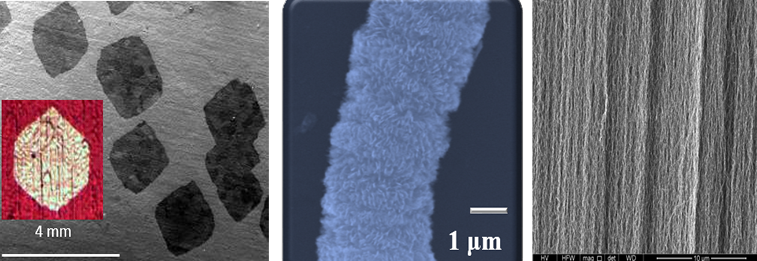
Large size single layer graphene (left), titanium oxide string structure (middle), carbon nanotube array (right)
▲ Energy storage device
● Lithium-ion battery: It has the characteristics of large specific energy, high voltage, long cycle life, and good safety performance. It has broad prospects in the application of large-scale energy storage systems.
● Supercapacitors: featuring short charging time, long service life, good temperature characteristics, energy saving, and environmental protection. Startup efficiency and reliability are higher than conventional batteries.

Schematic diagram of lithium intercalation of g-C3N4 and Zn3GeO4/g-C3N4 materials
2. Materials and Devices of Energy Conversion
Conversion between different energy, such as photovoltaic conversion, thermo-electric conversion, and electro-optical conversion plays an important role in renewable energy. Solar cells, fuel cells,temperature-difference cells, a light-emitting diode, etc. are some of the important energy conversion devices.
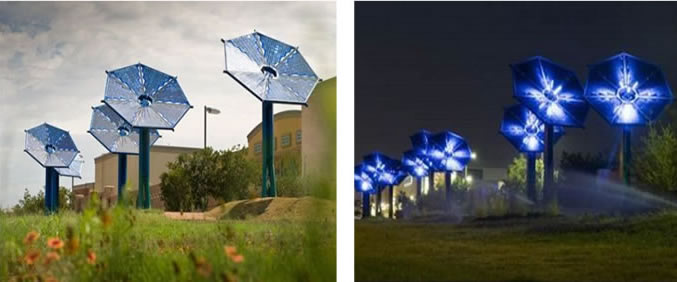
Solar Energy → Electric Energy: Solar Cells Electric Energy → Illumination: Light-emitting Diode
▲ Materials of Energy Conversion
● High Photoelectric Conversion Material: The preparation and research about photoelectric properties of Silicon micro-nano structures and materials.
● Auxiliary Functional Materials: Materials of high electrical conductivity and with a flexible electrode(Graphene、Carbon nanotubes、Silver nano-materials,etc.)

Ultrafine silicon nanowire array and silicon nanocone array material
▲ Devices of Energy Conversion
● High-efficiency photoelectric conversion materials: preparation of organic-inorganic hybrid perovskite materials, silicon micro/nanostructures and materials, and their photoelectric properties.
● Auxiliary functional materials: graded micro/nanostructure electrode materials (titanium dioxide, nickel oxide, tungsten oxide, etc.), high conductivity and flexible electrode materials (graphene, carbon nanotubes, silver nanomaterials, etc.)

Flat structure perovskite battery and ultra-thin flexible flat structure silicon/Pedot:pss battery
Specific Research Directions
1. Solar cells based on Silicon micro-nano structures
The silicon-based micro/nanostructure solar cell is a new type of solar cell that combines the stability of silicon material, the light management advantage of the micro-nano structure and the electrical transmission characteristics. The research team built a team of professionals with both theory and R&D technology in this direction, forming an integrated research direction from a theoretical basis to process preparation to battery device development.
● Theoretical Study on Light Management Performance of Metal and Semiconductor Micro/Nano-Structures
Broadband light-concentration with near-surface distribution by silver capped silicon nanowire for high-performance solar cells. Nano Energy, 2015, 11: 756-764.||PDF
The application of localized surface plasmons resonance in Ag nanoparticles assisted Si chemical etching. Applied Physics Letters, 2014, 104(1): 011602.||PDF
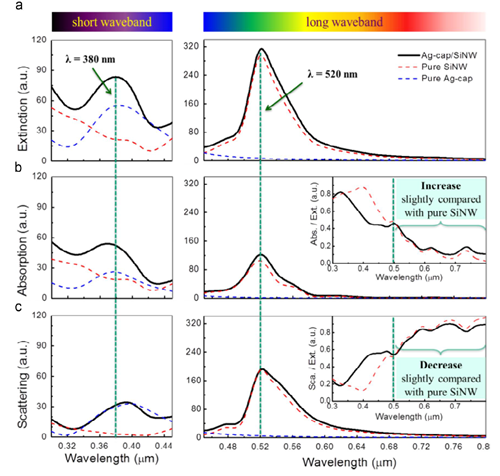
Exact comprehensive equations for the photon management properties of silicon nanowire. Scientific Reports, 2016, 6: 24847. ||PDF
Effective light absorption and its enhancement factor for silicon nanowire-based solar cell. Applied Optics, 2015, 55(1):117-121. ||PDF
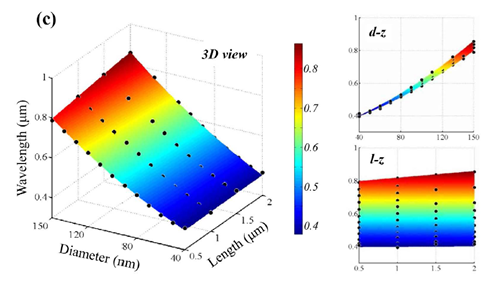
Linear length-dependent light-harvesting ability of silicon nanowire. Optics Communications, 2015, 355: 6-9 ||PDF
Method to determine the optimal silicon nanowire length for photovoltaic devices[J]. Applied Physics Letters, 2015, 106(9): 091908.||PDF
Abnormal thermal effects on the surface plasmon resonance of Ag nanoparticles on the surface of silicon. Thin Solid Films, 2015, 584: 378-381. ||PDF
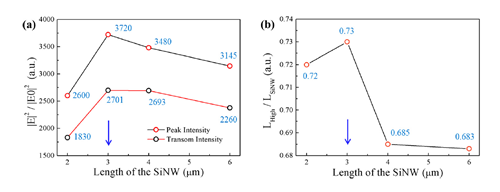
A comparison of the light-harvesting performance of silicon nanocones and nanowires for radial-junction solar cells. Scientific reports, 2015, 5. Communications, 2015, 355: 6-9 ||PDF
Geometric parameter optimization to minimize the light‐reflection losses of regular vertical silicon nanorod arrays used for solar cells. Physica Status Solidi (a), 2014, 211(11): 2527-2531.||PDF
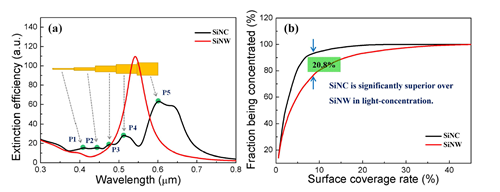
Broadband light-concentration with near-surface distribution by silver capped silicon nanowire for high-performance solar cells. Nano Energy, 2015, 11: 756-764.||PDF
Light harvesting of Silicon Nanostructure for Solar Cells Application. Optics Express, 2016, 24(14): A1075. ||PDF

Morphology-controlled synthesis of silver nanoparticles on the silicon substrate by a facile silver mirror reaction. AIP Advances,2013, 3(3): 032119. ||PDF
A facile direct deposition of silver nanoparticles on silicon surface by silver mirror process. Crystal Research and Technology,2013, 48(12): 1044-1049. ||PDF
Facile Deposition of Ultrafine Silver Particles on Silicon Surface Not Submerged in Precursor Solutions for Applications in Antireflective Layer. Journal of Nanomaterials, 2014, 2014. ||PDF
Vertical deposition of ultrafine silver particles on silicon surface out of solutions by silver mirror process. Materials Letters, 2014, 116: 195-198. ||PDF
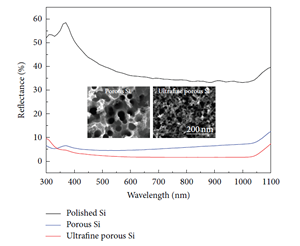
● Low-cost, high-quality preparation process development of metal and silicon micro/nano structures
Metal-assisted chemical etching using Tollen's reagent to deposit silver nanoparticle catalysts for fabrication of quasi-ordered silicon micro/nanostructures. Journal of electronic materials, 2011, 40(12): 2480-2485. ||PDF
The application of localized surface plasmons resonance in Ag nanoparticles assisted Si chemical etching. Applied Physics Letters, 2014, 104(1): 011602. ||PDF

Metal-assisted chemical etching for designable monocrystalline silicon nanostructure. Materials Research Bulletin, 2016, 76. ||PDF
Etching anisotropy mechanisms lead to the morphology-controlled silicon nanoporous structures bymetal assistedchemical etching.Nanoscale, 2015. ||PDF
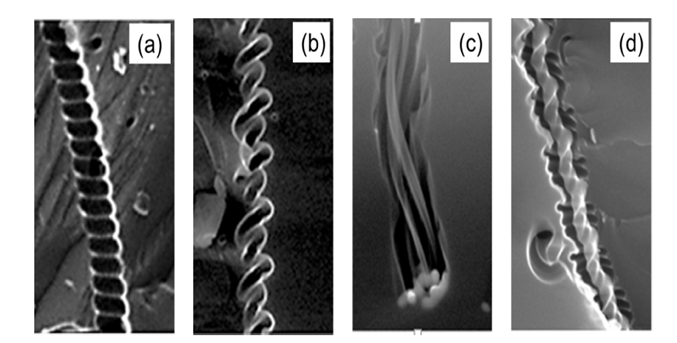
Co-catalytic mechanism of Au and Ag in silicon etching to fabricate novel nanostructures. Rsc Advances, 2015. ||PDF
Wafer-scale fabrication of uniform Si nanowire arrays using the Si wafer with UV/Ozone pretreatment . Journal of nanoparticle research, 2013, 15(9): 1-7. ||PDF
One-step synthesis of lightly doped porous silicon nanowires in HF/AgNO 3/H 2 O 2 solution at room temperature. Journal of Solid State Chemistry, 2012, 196: 596-600. ||PDF
Metal-assisted chemical etching using Tollen's reagent to deposit silver nanoparticle catalysts for fabrication of quasi-ordered silicon micro/nanostructures. Journal of electronic materials, 2011, 40(12): 2480-2485. ||PDF
Metal-assisted chemical etching for designable monocrystalline silicon nanostructure.Materials Research Bulletin, 2016, 76. ||PDF
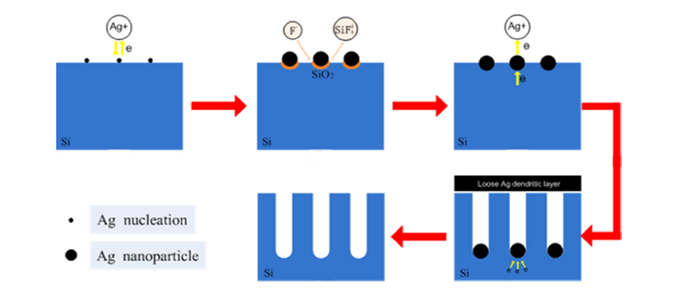
Preparation of platinum silicide films by pulsed laser deposition and pulsed laser annealing. Materials Chemistry & Physics, 2001, 72(1):85–87. ||PDF
Template-free fabrication of silicon micropillar/nanowire composite structure by one-step etching. Nanoscale research letters, 2012, 7(1): 1-5. ||PDF
硅微纳结构及其在新型太阳电池中的应用. 红外与毫米波学报, 2015, 34(4):471-478.||PDF


Silicon nanowire arrays coated with electroless Ag for increased surface-enhanced Raman scattering. APL Materials,2015, 3(5): 056101. ||PDF
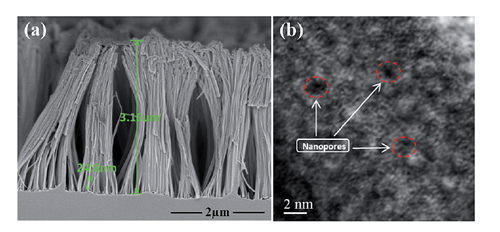

A one-step template-free approach to achieve tapered silicon nanowire arrays with controllable filling ratios for solar cell applications. RSC Advances, 2014, 4(4): 1794-1798. ||PDF


Effective light trapping enhancement by plasmonic Ag nanoparticles on silicon pyramid surface. Optics Express, 2012, 20(104): A502-A509. ||PDF
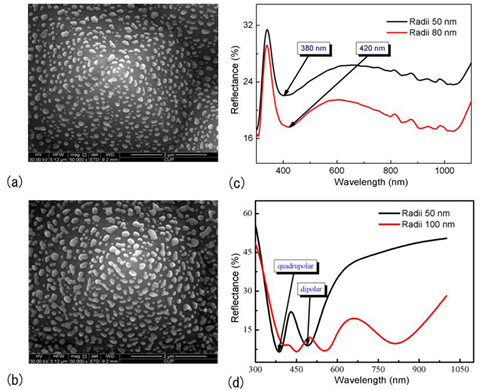

● Silicon-based/organic hybrid solar cell device research
Ultrathin Flexible Planar crystalline-Silicon/Polymer Hybrid Solar Cell with 5.68% Efficiency by Effective Passivation. Applied Surface Science, 2016. ||PDF
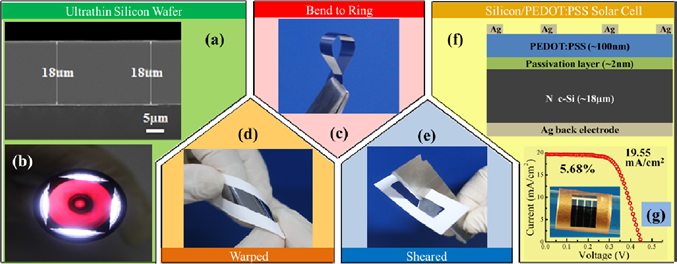
SiNWs/PEDOT∶PSS杂化太阳电池的发展现状及问题研究. 储能科学与技术, 2014, 3(6):602-606.||PDF
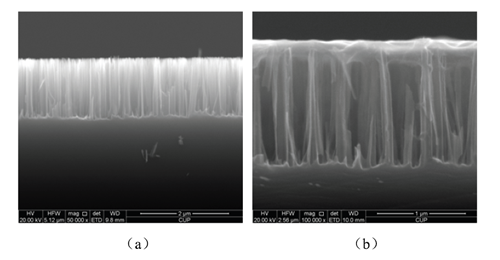
2. Organic/Inorganic Hybrid Solar Cells
▲ Perovskite solar cell
● Effect of carrier lifetime, doping concentration and defect state of perovskite film on battery performance
Dual function interfacial layer for highly efficient and stable lead halide perovskite solar cells. Journal of Materials Chemistry A,2016,4, 6091-6097 ||PDF
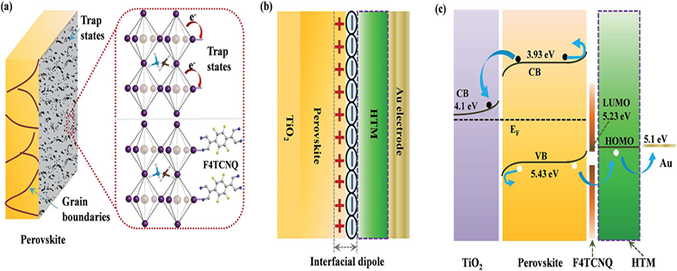
Managing Carrier Lifetime and Doping Property of Lead Halide Perovskite by Postannealing Processes for Highly Efficient Perovskite Solar Cells The Journal of Physical Chemistry C,2015, 119, 22812-22819||PDF
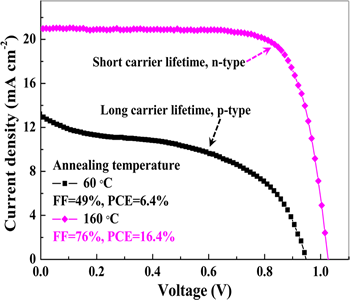
Reduced surface defects of organometallic perovskite by thermal annealing for highly efficient perovskite solar cells RSC Advances,2015, 5, 75622-75629||PDF

● Study on Mechanism of Performance Attenuation of Perovskite Batteries
Photo-induced degradation of lead halide perovskite solar cells caused by the hole transport layer/metal electrode interface Journal of Materials Chemistry A,2016,4, 1991-1998||PDF

Degradation of organometallic perovskite solar cells induced by trap states Applied Physics Letters, 2016, 108, 093901||PDF

● Optimization of the preparation process of perovskite film
High reproducibility of perovskite solar cells via a complete spin-coating sequential solution deposition process Solar Energy,2015, 122, 97-103||PDF
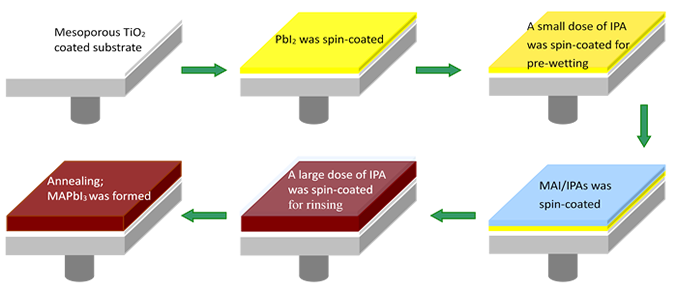
DMSO-based PbI2 precursor with PbCl2 additive for highly efficient perovskite solar cells fabricated at low-temperature RSC Advances, 2015,5, 104606-104611||PDF

▲ The dye-sensitized solar cell (DSSC)
● Design and construction of a novel photoanode with excellent photoelectric properties based on high-efficiency dye-sensitized cells
Bunchy TiO2 hierarchical spheres with fast electron transport and large specific surface area for highly efficient dye-sensitized solar cells Nano Energy, 2016, 23, 122-128||PDF

Enhanced the performance of dye-sensitized solar cells with a novel photoanode using TiO2 nanoflower clusters and nanoparticles Materials Letters, 2013, 107, 210-213||PDF
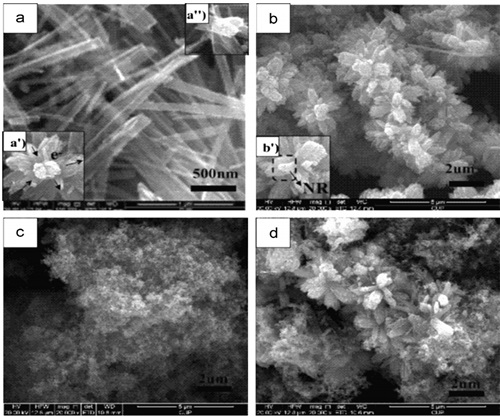
● Design and construction of a new type of highly efficient counter electrode material for dye-sensitized cells
Tungsten trioxide nanoplate array supported platinum as a highly efficient counter electrode for dye-sensitized solar cells Nanoscale, 2015, 7, 5712–5718||PDF
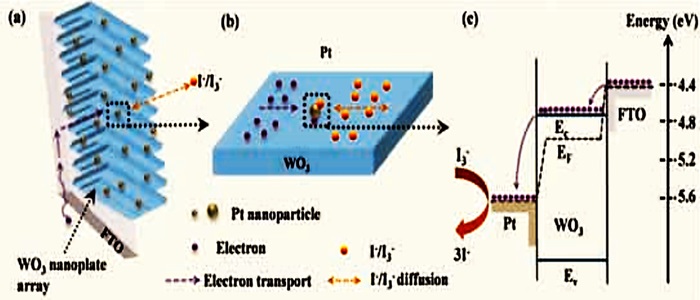
NH3 -treated WO3 aslow-costand efficient counter electrode for dye-sensitized solar cells Nanoscale research letters, 2015, 10, 1-6||PDF
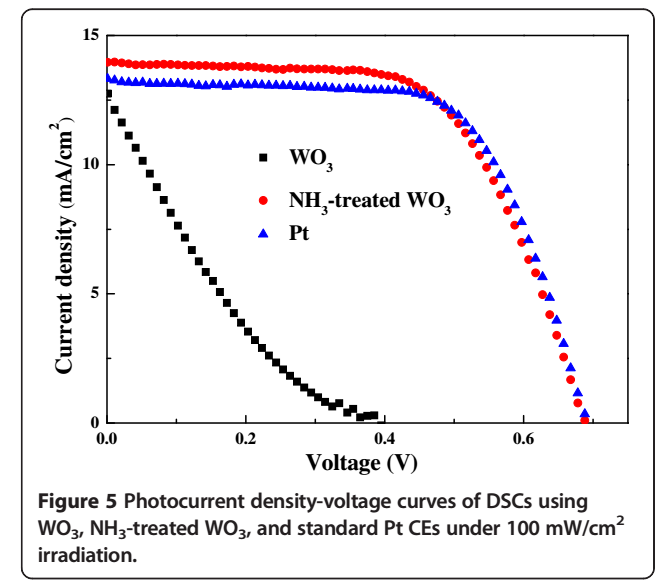
Highly Transparent and Efficient Counter Electrode Using SiO2 /PEDOT?PSS Composite for Bifacial Dye-Sensitized Solar Cells ACS Applied Materials & Interfaces, 2014, 6, 7126-7132||PDF
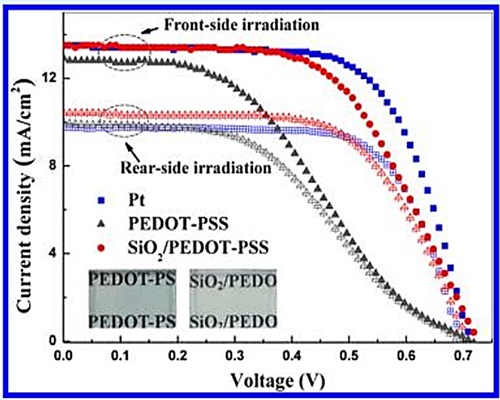
A novel hierarchical Pt- and FTO- free counter electrode for dye-sensitized solar cell Nanoscale Research Letters, 2014, 9, 1-5||PDF
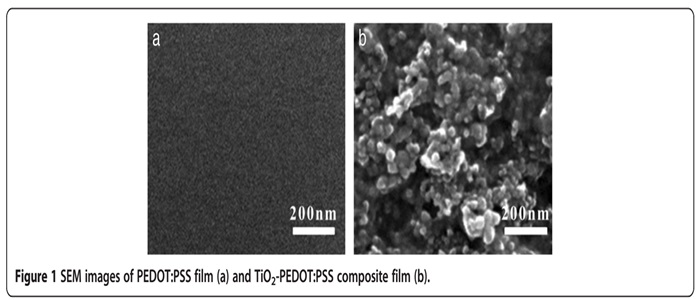
Dye-sensitized solar cells using nanomaterial/PEDOT-PSS composite counter electrodes: Effect of the electronic and structural properties of nanomaterials Journal of Photochemistry and Photobiology A: Chemistry, 2014, 293, 26–31||PDF

Facile fabrication of MoS2 /PEDOT-PSS composites as low-cost and efficient counter electrodes for dye-sensitized solar cells Journal of Photochemistry and Photobiology A: Chemistry, 2014, 279, 47–51||PDF

Silicon nanoparticles/PEDOT-PSS nanocomposite as an efficient counter electrode for dye-sensitized solar cells Functional Materials Letters, 2013, 6, 13500483||PDF
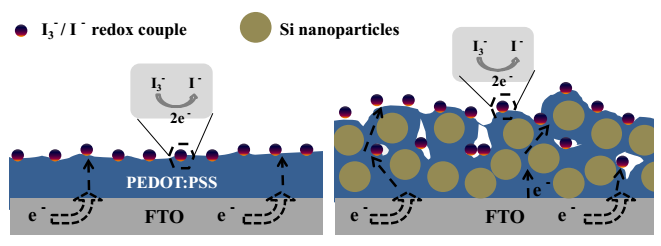
3. Lithium / Sodium battery
The electric energy is secondary energy that can be effectively stored in the battery, and the secondary battery can be a rechargeable battery or a battery, which can be repeatedly charged and discharged repeatedly. Among secondary batteries, lithium-ion batteries not only have high power density, but also can be made smaller and lighter in weight, and are generally considered to be the most promising electric energy storage technology.
▲ Lithium-Ion Battery
Orderly integration of porous TiO 2 (B) nanosheets into bunchy hierarchical structure for high-rate and ultralong-lifespan lithium-ion batteries[J]. Nano Energy, 2017, 31:1-8||PDF

Multishelled NiO Hollow Spheres Decorated by Graphene Nanosheets as Anodes for Lithium-Ion Batteries with Improved Reversible Capacity and Cycling Stability[J]. Journal of Nanomaterials, 2016, 2016(4):1-6.||PDF

Anatase/TiO2-B hybrid microspheres constructed from ultrathin nanosheets: facile synthesis and application for fast lithium ion storage[J]. Crystengcomm, 2015, 17(41):7930-7937.||PDF
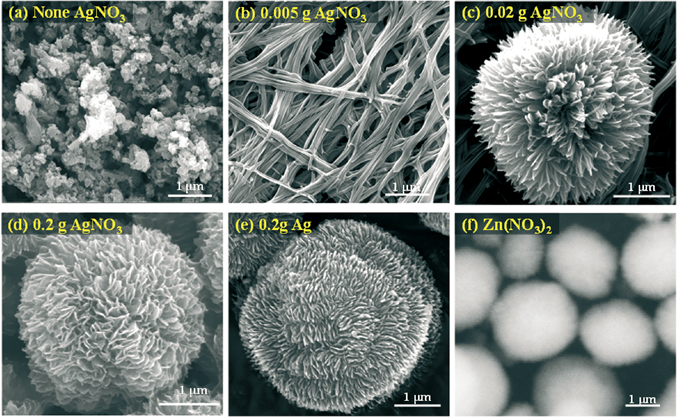
Smart Hybrids of Zn2GeO4 Nanoparticles and Ultrathin g-C3N4 Layers: Synergistic Lithium Storage and Excellent Electrochemical Performance[J]. Advanced Functional Materials, 2015, 25(44):6858-6866.||PDF
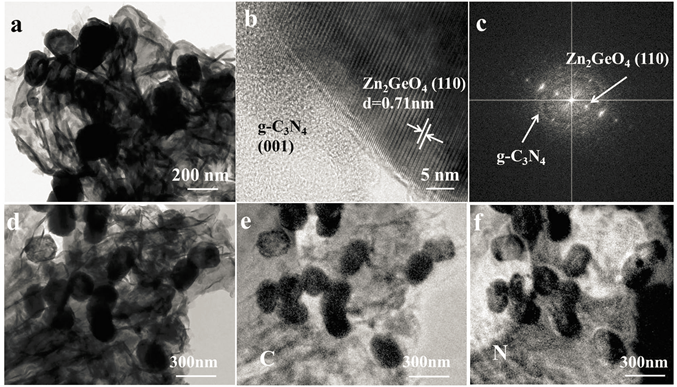

Glucose-assisted synthesis of the hierarchical TiO2 nanowire@MoS2 nanosheet nanocomposite and its synergistic lithium storage performance[J]. Journal of Materials Chemistry A, 2015, 3(6):2762-2769.||PDF


High performance NiO microsphere anode assembled from porous nanosheets for lithium-ion batteries[J]. Rsc Advances, 2015, 5(61):49765-49770.||PDF

▲ Sodium ion battery
4. Photocatalytic pollutant degration and photocatalytic/ electrocatalytic water splitting
● Photocatalytic degradation of pollutants
The over-step coalescence of carbon atoms on copper surface in the CVD growthof graphene: density functional calculations[J]. Aip Advances, 2013, 3(5):227-248.||PDF
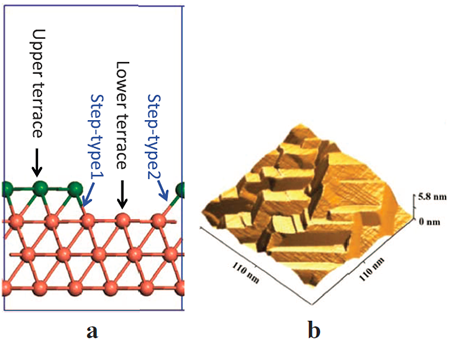
An important atomic process in the CVD growth of graphene: Sinking and up-floating of carbon atom on copper surface[J]. Applied Surface Science, 2013, 284(11):207-213.||PDF
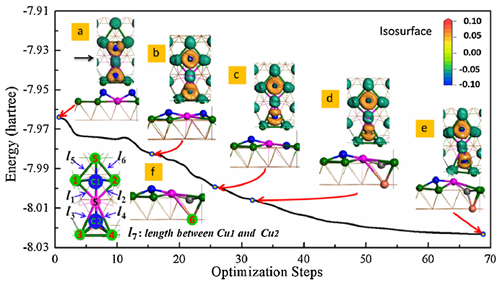
Carbon quantum dots/hydrogenated TiO 2, nanobelt heterostructures and their broad spectrum photocatalytic properties under UV, visible, and near-infrared irradiation[J]. Nano Energy, 2014, 11:419-427.||PDF
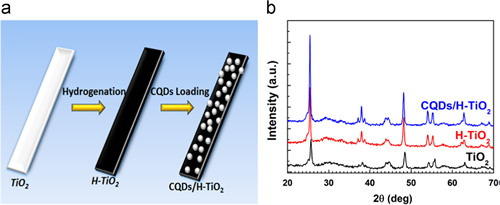
The Detailed Evolution of Carbon Spheres by Hydrothermal Method[J]. International Journal of Photoenergy, 2016, 2016:1-5.||PDF

● Light/electrolyzed water
Facile one-pot synthesis of flower-like AgCl microstructures and enhancing of visible light photocatalysis.[J]. Nanoscale Research Letters, 2013, 8(1):1-6.||PDF
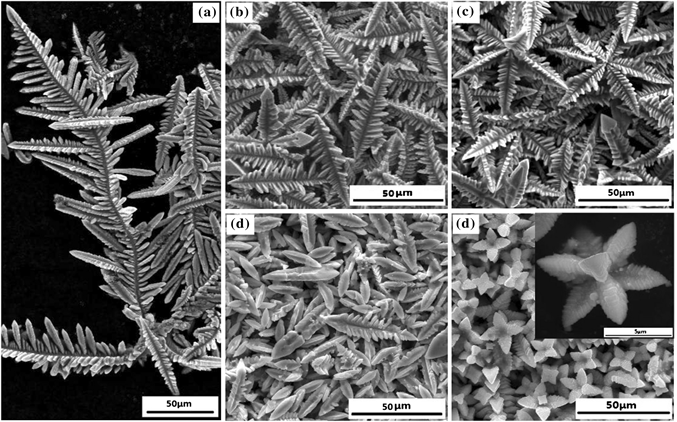
Hydrothermal Synthesis of Anatase TiO2 Nanoflowers on a Nanobelt Framework for Photocatalytic Applications[J]. Journal of Electronic Materials, 2013, 42(6):1290-1296.||PDF

A novel 3D structure composed of strings of hierarchical TiO 2, spheres formed on TiO 2, nanobelts with high photocatalytic properties[J]. Journal of Solid State Chemistry, 2014, 211(5):90-94.||PDF
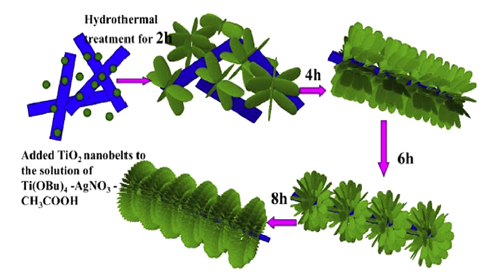
Carbon quantum dots/hydrogenated TiO 2, nanobelt heterostructures and their broad spectrum photocatalytic properties under UV, visible, and near-infrared irradiation[J]. Nano Energy, 2014, 11:419-427.||PDF
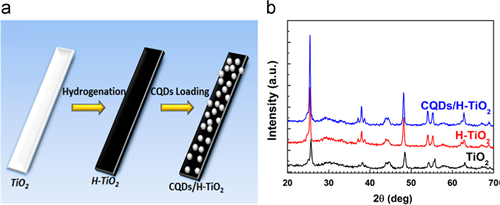
The Study of NiO/TiO2 Photocatalytic Activity for Degradation of Methylene Orange[J]. Energy & Environment Focus, 2014, 3(4):371-374(4).||PDF

Special P–N Junction Photocatalytic NiO/Ag2S Nanocomposite Synthesized by Hydrothermal Method[J]. Nanoscience & Nanotechnology Letters, 2015, 7(5):387-391.||PDF

5. Power electronics and sensorsmatchmatch
The distributed optical fiber high-temperature measurement system utilizes the mature OTDR technology in Raman scattering and optical communication in optical fiber, which is essentially passive, small in size, light in weight, and free from electromagnetic interference. For example, a 1 km fiber is spatially resolved at 0.1 m. At the rate, it is equivalent to 10,000 sensors working at the same time. Widely used in power systems, construction, aerospace and other fields.
Main research content:
● Research on the working principle and design principle of distributed optical fiber high-temperature measurement system.
● Research on high-precision, high-speed demodulation systems in distributed optical fiber high-temperature measurement systems.
● Research on temperature measurement range, temperature error, spatial resolution, positioning accuracy and response time of distributed optical fiber high-temperature measurement system.